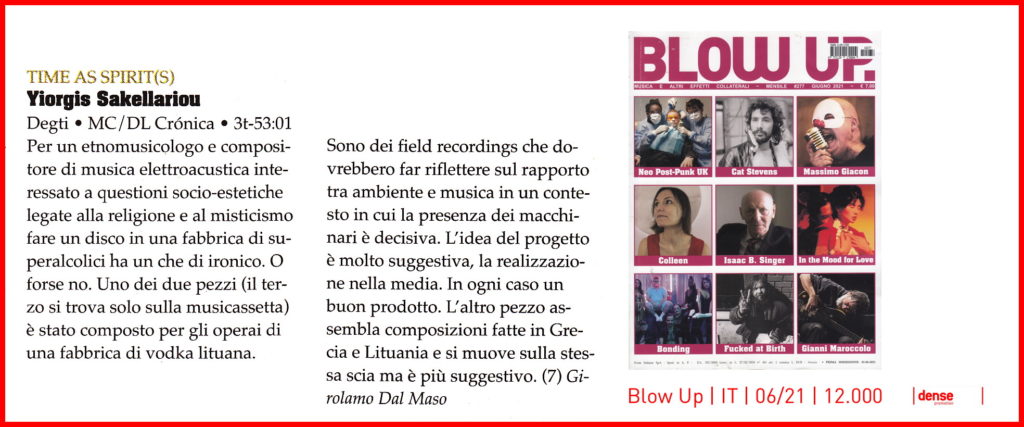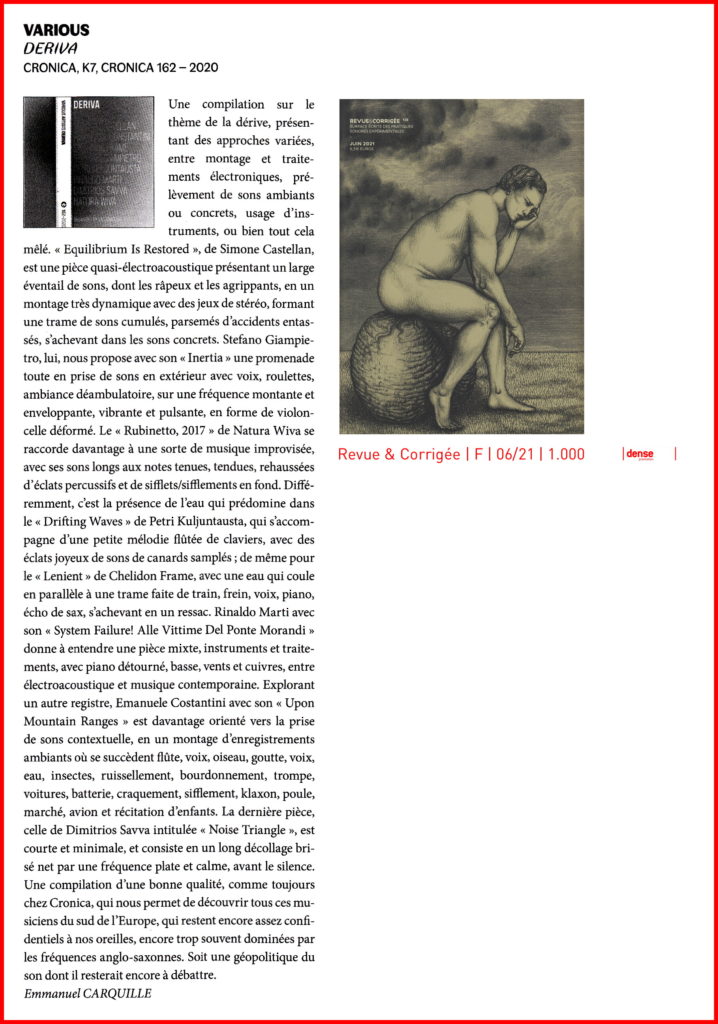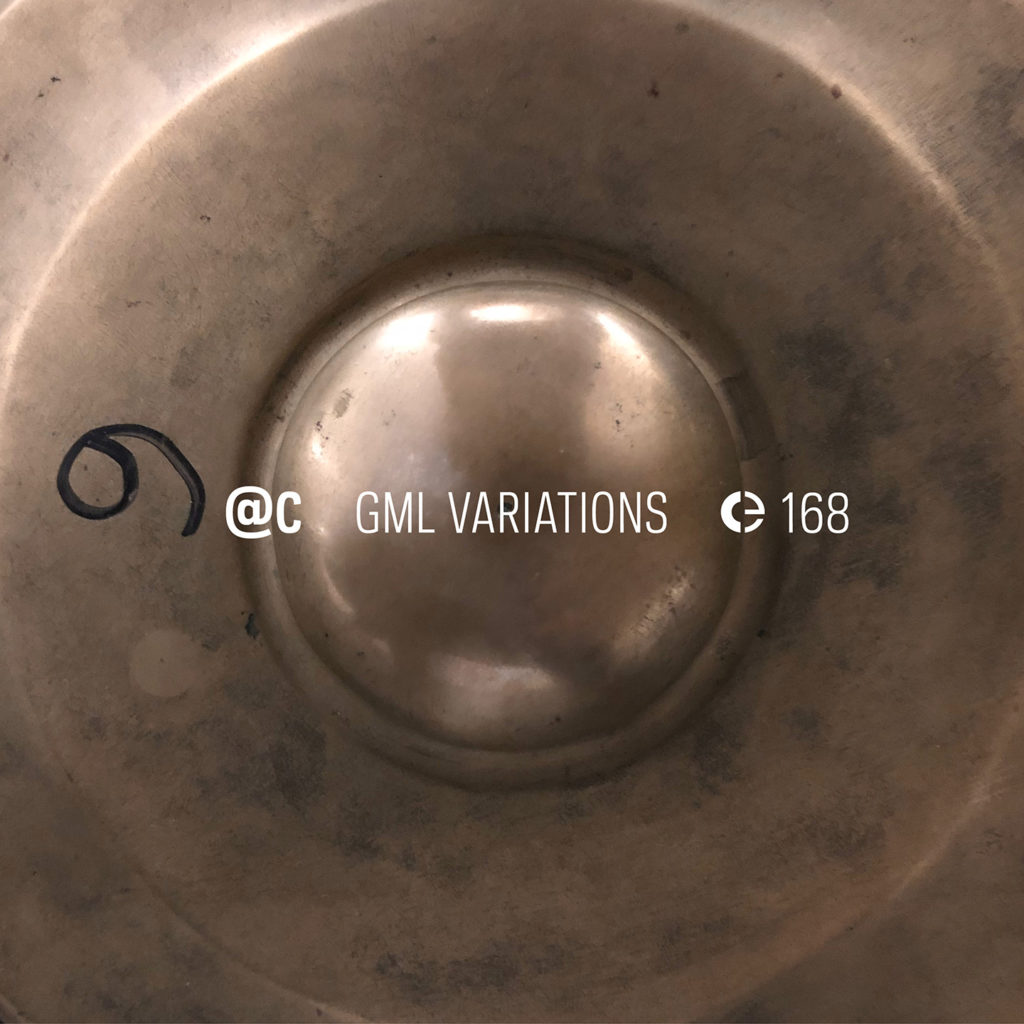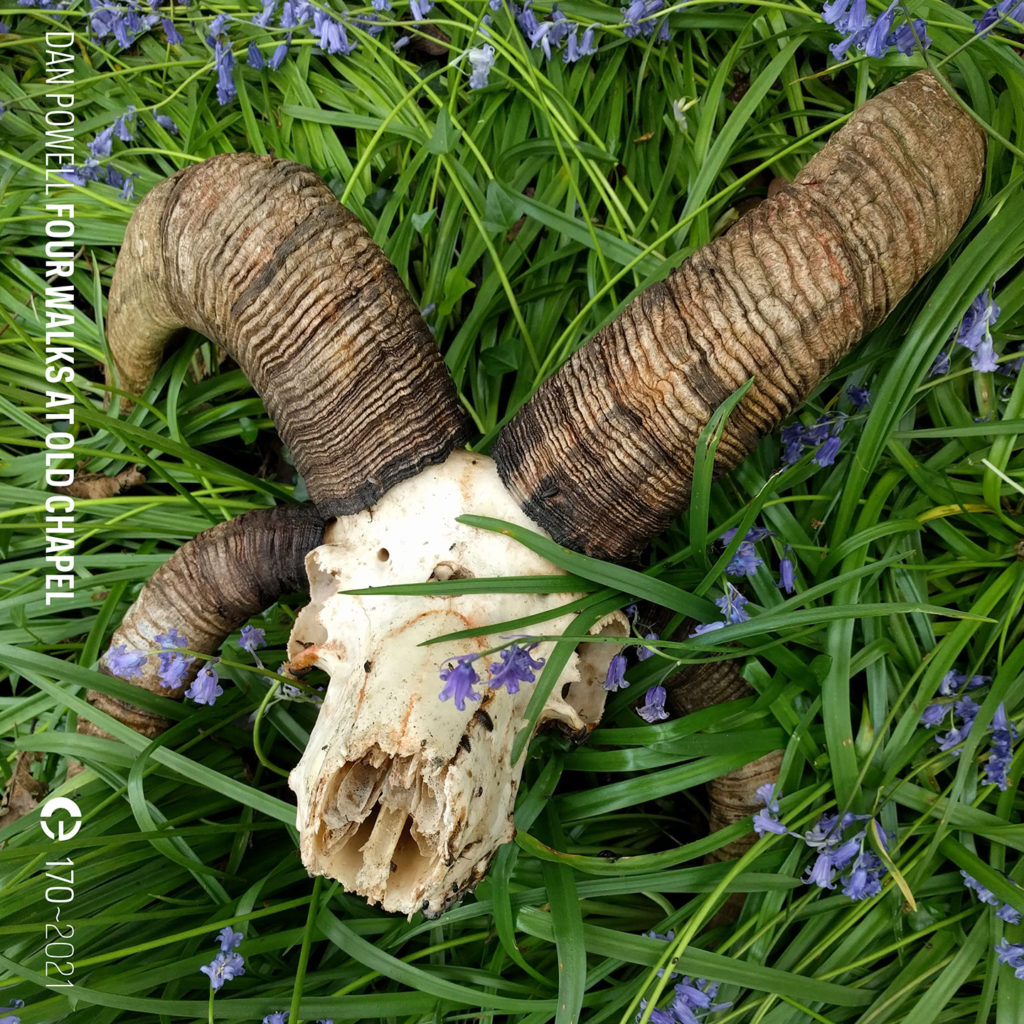
Sometimes I need to repeat myself (I don’t mind), and surely I wrote the next thing before: ever since I stumbled upon music by David Lee Myers, I am a big fan. I guess it was already with his LP, ‘Engine Of Myth, for the unlikely label Recommended Records (not always known for the most out-there sort of electronic music). That was under the guise of Arcane Device, which he continued throughout the nineties. For many years, he releases under his given name. What I found fascinating about his music was that he used feedback, but in a much different way than those who called themselves power electronics, say Whitehouse or Ramleh. There was more control and less abuse; almost like a grandson of the fifties and sixties composers of serious electronic music. On this new release, he works with the notion of “audio constructions [that] seem to encourage a posture of staying in the moment. This has proven to be a fascination over time.” You can call it music for meditation, but Myers says he doesn’t like that. He also says that “as I began the present sonic explorations, a quote from metaphysics scholar Frithjof Schuon kept coming to mind: “You must detach your life from an awareness of the multiple and reduce it to a geometrical point before God.†Certainly, Schuon was not referring to any particular Judeo-Christian vision of a supreme being, but rather, whatever ultimate creative force of the universe must exist. So becoming “reduced to a geometrical point before God†was a concept that resonated for me while working on the pieces.” The working titles he used, ‘Geo 1’ etc, became an Earth reference, maybe adding meaning to the music. Maybe not. Myers uses “feedback matrics, oscillator banks,  and multi-processing”, which is not much different from when he started, but maybe the means are a bit more sophisticated? This is not really meditative music, of course, certainly not when the volume is put to a level that has a bit more presence. I am sure some people love their meditation to be loud, but the music as played by David Lee Myers is at times too dirty and strange to do such a thing, but, yes, people are strange as mister Morrison once sang, so for all I know, people might find this an excellent soundtrack for some deep meditation. I enjoy such things differently, I guess, not being too much interested in meditation (which, despite advancing age, and peers doing so, still is not a thing for me), but I enjoy my minimal music a lot. The variation played by Myers is one of considerable force and bruitist style, but also with some finer sustaining powers, sticking into a sound for a while, before slowly morphing into something else. It may no longer have the raw power of his earliest work (which also back then quickly toned down), but it is still a most enjoyable ride for about an hour or so. Maybe not really a big surprise anymore, but yet another high-quality work by one of the best when it comes to playing imaginative electronic music and with a strong voice of his own. (FdW)
via Vital Weekly






